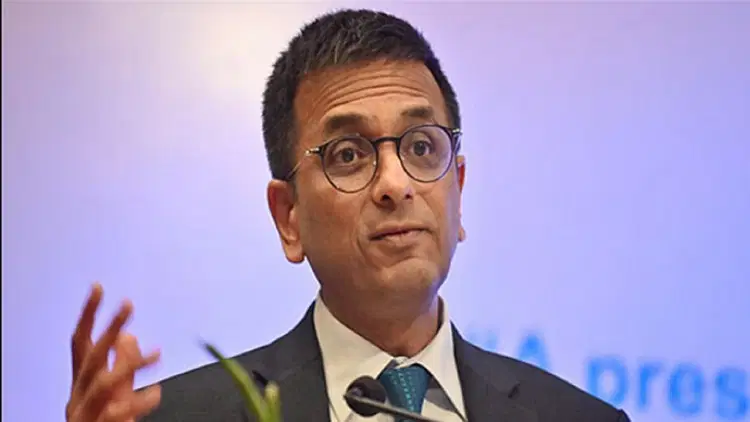
Unprecedented Move by SC Administration
In a rare and firm step, the Supreme Court’s administration has formally written to the Ministry of Housing and Urban Affairs, requesting the immediate vacating of Bungalow No. 5 on Krishna Menon Marg in New Delhi. This Type VIII residence is reserved exclusively for the sitting Chief Justice of India, but has been occupied by former CJI D.Y. Chandrachud for nearly eight months since his retirement in November 2024, well beyond the six-month grace period allowed under Rule 3B of the 2022 amendment to the Supreme Court Judges Rules.
Grace Period Expired Months Ago
The official timetable was clear: Justice Chandrachud’s six-month post-retirement stay was permitted only until 10 May 2025, and an extension granted for a special license lapsed on 31 May 2025. With both deadlines passed, the court administration has urged the Centre to repossess and return the bungalow to the Supreme Court’s housing pool without delay.
Former CJI’s Reasons for Delay
Justice Chandrachud had cited significant personal and logistical reasons for not relocating. Initially approved to continue until 30 April 2025 due to delays in renovating his alternate residence, he subsequently sought further extensions. He explained that his two daughters, living with rare genetic conditions, require specialized care at AIIMS, and the contracted public works department renovations were delayed. He assured that the move would happen within days and that he is already allotted rental government accommodation.
Keeping the Residence Warm?
Some critics question why Chandrachud remained in such a high-security bungalow when both his successors, Justices Sanjiv Khanna and current CJI B.R. Gavai, opted to remain in their previous accommodations. This meant the Type VIII residence lay unused for its intended occupant and raised concerns about resource allocation amidst a shortage of housing pools available for other judges.
Rule 3B in Focus
Under Rule 3B, a retired Chief Justice may occupy a Type VII bungalow for up to six months post-retirement. The higher-tier Type VIII residence, however, is strictly for the serving CJI. Extended occupancy beyond these limits, even with previous approval, is deemed non-compliant when significant personal reasons are no longer applicable.
Implications for Judicial Administration
The Supreme Court administration’s direct involvement highlights broader concerns: housing scarcity for newly appointed judges, maintaining transparency in institutional practices, and preserving the dignity of the court’s resources. The move reaffirms the court’s commitment to rule-based processes, even when involving its highest former office-bearer.
Public and Media Response
Media outlets have largely framed the issue as a procedural lapse tied to exceptional personal circumstances, prompting public debate about balancing individual needs with institutional protocols. Analysts argue this incident underscores the need for better planning of post-retirement accommodations for judges with special family realities.
A Wider Lesson for Policy and Planning
This case is a litmus test for how personal exigencies intersect with formal rules in India’s judiciary. It spotlights gaps in policy frameworks for post-career housing and suggests that future provisions might include more structured support for retired CJIs facing family caregiving duties.
A Transition in Progress
As Justice Chandrachud pledges to move into the newly allotted rental accommodation within weeks, all eyes turn to the Ministry of Housing’s next steps. The Supreme Court awaits clearance to regain full possession, ensuring its housing pool is replenished.
Looking Ahead
Once Chandrachud vacates, Bungalow No. 5 will be restored for the use of the sitting CJI, reaffirming the status of institutional rules over ad hoc extensions. Lawmakers and the judiciary may consider devising clearer guidelines for transitional housing needs to prevent similar overlaps in the future.
The ex‑CJI’s case may yet leave a legacy beyond his judicial rulings, prompting reforms in post‑retirement policy for India’s highest judges. It remains to be seen whether this episode becomes a one‑off anomaly or spurs structural change in judicial administration.

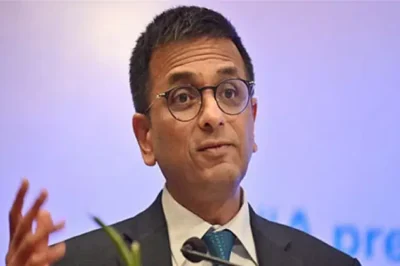





















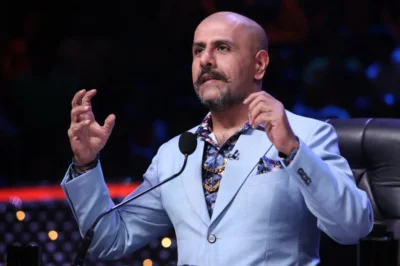







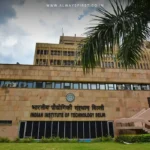




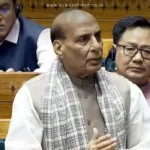



Leave a Reply